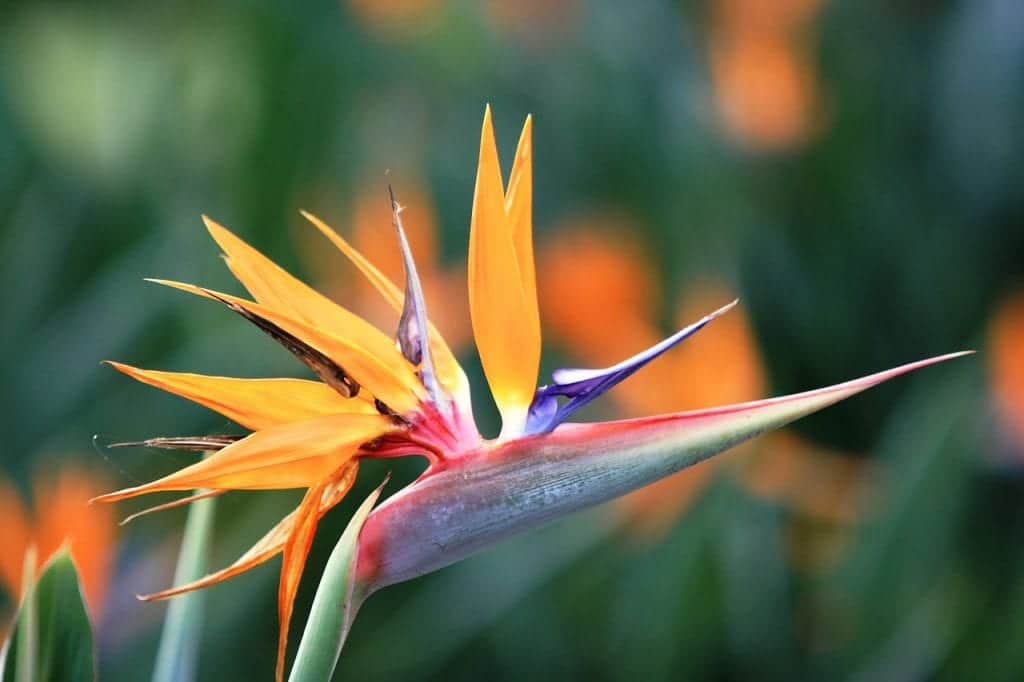
La Strelitzia reginae or bird of paradise is one of the most popular herbaceous plants in the world, especially in gardens and terraces in a warm and tropical climate. Its curious flowers are very showy, as well as its easy cultivation and maintenance. If we add to that that it can be both in the sun and in semi-shade, we can get an idea of how magnificent it is.
But since you may have doubts about how to take care of it, in this special article you will find a lot of information about her: characteristics, care and more.
Origin and characteristics
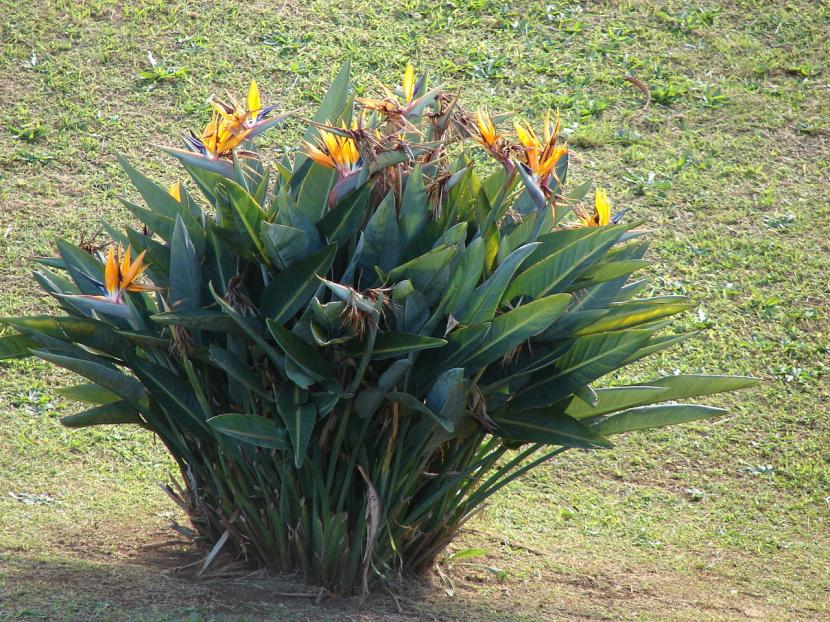
Our protagonist it is a herbaceous and rhizomatous plant originally from South Africa whose scientific name is Strelitzia reginae, although it is popularly known as bird of paradise or bird flower. Grows to a maximum height of 2 meters, although the normal thing is that it stays in 1,5m, and a diameter of 1,8m. The leaves are alternate, pinnated and distal.
The flowers are hermaphroditic, asymmetrical and appear in groups protected by large bracts, being several lateral ones. The fruit is a capsule that has 3 valves, inside which we will find hard, dark-colored seeds.
What are their cares?

If you want to have a copy, we recommend that you provide it with the following care:
Location
La Strelitzia reginae it is a plant that must be in an area where it receives at least three or four hours of intense light, ideally being in full sun all day. Indoors it does not usually go well for this reason, but if we have an interior patio or a room in which a lot of natural light enters, it is likely to grow correctly.
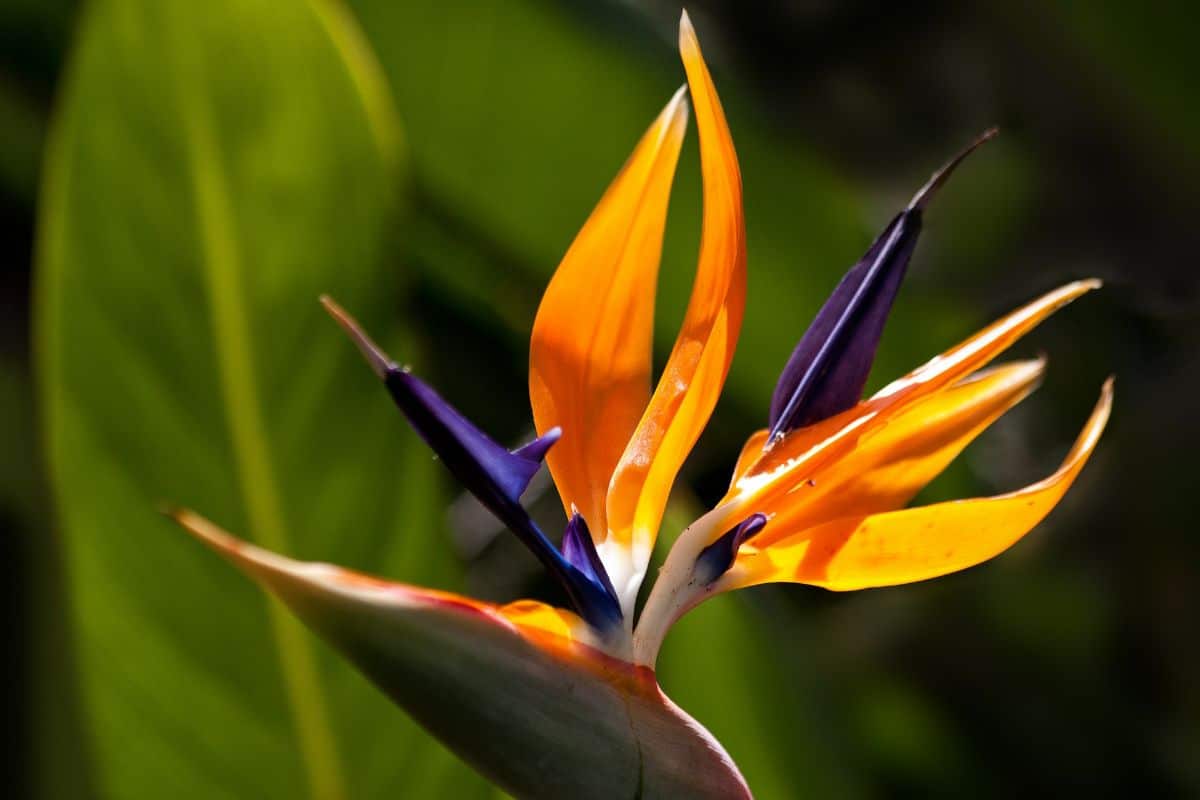
Earth
Being able to be both in a pot and in the garden, the earth will be different:
- Flower pot: the substrate can be universal, but if we mix it with 30% perlite we will make our specimen better. We can get the first here and the second here.
- Garden: can grow in fertile soils, with good drainage. In the event that we have a very compacted soil and / or poor in nutrients, we will make a planting hole of about 50cm x 50cm (if it is bigger, the better) and we will fill it with universal cultivation substrate mixed with 30% perlite.
Irrigation
The frequency of irrigation will vary greatly depending on the climate in our area, the season in which we are and the location. And, for example, a Strelitzia reginae that is in a pot in semi-shade in Mallorca during the summer will not need the same water as another that is in semi-shade in a garden in Seville during the same season.
Therefore, the first thing we have to bear in mind is that during the warmer months you have to water more often, since the water evaporates faster, and the rest of the year less for the opposite reason. So the most advisable thing is to always check the humidity of the soil before watering, since that is the only way to avoid problems. Now how do you do that?
- We will use a digital moisture meter: when introduced, it will instantly tell us how wet the soil that has come into contact with it is.
- Dig about 10cm near the plant: if at that depth we see and notice that it is cool and humid, we will not water.
- Introduce a thin wooden stick: if when we take it out we see that it comes out practically clean, we can water.
In case of doubt, we will wait a couple more days: recovering a dry plant is much easier than reviving one that has suffered from overwatering.
Subscriber
It is highly recommended to pay it once a month, from spring to summer. For this we can use ecological fertilizers, such as guano or herbivorous animal manure. Of course, if it is in a pot, you have to use liquid fertilizers so that the drainage continues to be good.
Multiplication
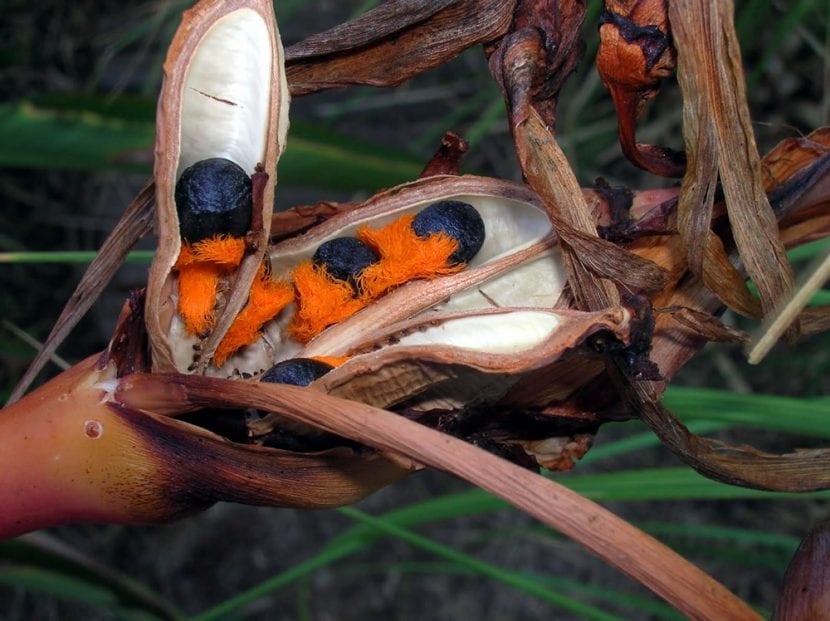
Image - Plantsrescue.com
It multiplies by seeds or division in spring. Let's see how to proceed in each case:
Seeds
- The first thing we will do is place them in a glass with water at a mild temperature for a day, and then in another glass with very hot water (50-55ºC) for 30 minutes.
- Then we let them dry.
- Next, we fill a pot of about 10,5cm in diameter with universal growing substrate mixed with 30% perlite, and water.
- Then we put a maximum of three seeds on the surface and cover them with a thin layer of substrate.
- Finally, we water again, this time with a sprayer, and place the pot outside, in semi-shade.
Thus, will germinate in 1-2 months, and will produce their first flowers at 4 years of age.
Division
La Strelitzia reginae has a great tendency to take out scions. These can be separated from the mother plant when they have reached an easily manipulable size. Then, the base of the same is impregnated with homemade rooting agents and they are planted in individual pots with sterilized sand.
Plagues and diseases
It can be affected by mealybugs which can be removed with home remedies or with an anti-scale insecticide. You can also get infected by mushrooms if overwatered; specifically for the Fusarium moniliforme, which causes root rot.
Rusticity
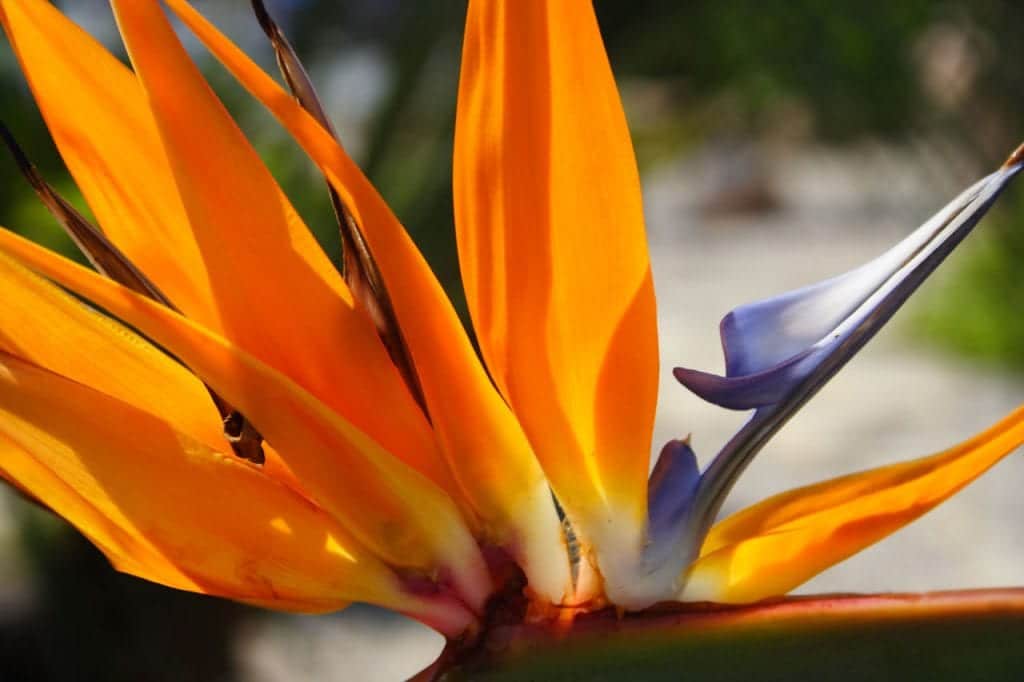
Ideally, it should not drop below 0 degrees, but if it is in a protected place it can withstand weak and occasional frosts of up to -2ºC without problems.
What did you think of this plant?
It is for me one of the most beautiful flowers that exist. I have always been captivated by its beauty. Luckily I have several at home. In pot. It is also very grateful. Easy to water and also cares for. I have reproduced by division of kills and without problems. I advise its cultivation.
Hi Javier.
Completely agree with you. It is a very grateful plant, and precious.
Regards!
Hello, can I plant it near some pine trees? They have a similar characteristic.
Hi Analia.
No problem 🙂
Greetings.